With the Grechetto grape, we refer to two different clones: G5 or Grechetto di Todi and G109, commonly known as Grechetto di Orvieto. Grechetto di Todi has a more delicate and elegant aromatic profile, while the G109 clone is slightly more rustic and has a skin richer in tannins. The presence of a resistant skin makes Grechetto suitable for appassimento. The particular climatic conditions of the area favor the development of Botrytis Cinerea, which allows the production of particularly valuable and complex dessert wines.
In the Todi area, almost exclusively the G5 clone is used, while in the Orvieto area, the 109 is more widespread. Some wineries offer two Grechetto labels made with the two different clones separately, but in many cases, the two varieties are vinified together or blended later under the generic name of Grechetto. DNA investigations have highlighted a close relationship between Grechetto di Todi and Pignoletto from the Colli Bolognesi, confirming the presence of the Grechetto grape family in a vast area of central Italy, although its precise origins are still uncertain. The name Grechetto, in fact, does not indicate a certain Hellenic origin. The term "Greek grapes" was often used in ancient times as a synonym for quality, to give greater value to indigenous grape varieties.
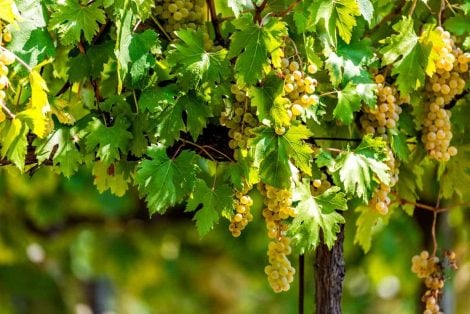
The best Grechetto
Here are the best Grechetto wines according to Gambero Rosso, either in purity or present in a high percentage in the indicated wines, which this year obtained Tre Bicchieri or Due Bicchieri Rossi, having reached the final stages during the tastings for the Gambero Rosso 2024 Wine Guide.
Umbria
Luigi e Giovanna di Barberani's Orvieto (95% Grechetto, 5% Procanico), Tre Bicchieri 2024 from Gambero Rosso, is the most important wine of the company, dedicated to the parents of the two passionate brothers. The 2020 vintage achieves the goal for the seventh time thanks to a textbook complexity that manages to combine the scents of botrytis, the nuances of the varieties used, and that territorial touch that only this corner of Umbria can give. The palate is voluptuous but also fresh and sapid, ensuring drinkability and depth. Also very good is the 2020 Calcaia (70% Grechetto, 30% Procanico), the sweet Muffa Nobile version. The company's goal is well outlined: to enhance the quality and potential of the Orvieto area inside and outside the bottle. In fact, the company's range includes excellent whites, reds, and sweets typical of the tradition, capable of having a modern identity.
- Orvieto Cl. Sup. Luigi e Giovanna 2020 - Barberani
- Orvieto Cl. Sup. Muffa Nobile Calcaia 2020 - Barberani
Palazzone's Orvieto Cl. Sup. Campo del Guardiano 2020 (50% Procanico, 30% Grechetto, Verdello, Canaiolo Bianco), Tre Bicchieri 2024 from Gambero Rosso, is really well done, it shows itself rich and full-bodied with a hint of tannin to enliven the drink. The sweet Muffa Nobile (50% Grechetto, 40% Sauvignon, 10% Procanico) also surprises, always with measured sweetness. Authentic and identity-conscious, Palazzone is an enological reality of Orvieto that continues to give luster to the entire area. The man behind this successful company is Giovanni Dubini, an intelligent, competent, and sensitive winemaker who has made far-sighted choices. There is great attention to traditional grapes here, considered the ideal ones to enhance the terroir and its long history. With a penchant for whites, the winery has demonstrated the enormous potential of Orvieto: many old bottles stand up to comparison and sit at the table of great Italian white wines.
- Orvieto Cl. Sup. Campo del Guardiano 2020 - Palazzone
- Orvieto Cl. Sup. Muffa Nobile 2021 - Palazzone
The vines cultivated by the Barbi family rest on soils rich in sand and clay of clear marine origin. A unique terroir that gives mineral and salty character to the wines, sometimes aged in ancient tuff caves. The 2021 version of Mare Antico is fantastic, a fine example of Orvieto Classico with great character (55% Grechetto, 20% Vermentino, 20% Chardonnay). Finesse and olfactory complexity anticipate a sapid, long, clean, vibrant sip. Decugnano dei Barbi is now listed among the reference points of Orvieto wine production. The Barbi family started its business in 1983, while the name is taken from an ancient area, with dedicated soils already traced back to 1212. The vines rest on soils rich in sand and clay of clear marine origin. A unique terroir that gives mineral and salty character to the wines, sometimes aged in ancient tuff caves, all endowed with great expressiveness and richness.
Argillae's Primo d'Anfora 2020 (60% Grechetto, 20% Drupeggio, 20% Malvasia), Tre Bicchieri 2024 from Gambero Rosso, offers complexity on the nose with white flowers, yellow pulp fruit, aromatic herbs, and almond sensations, and a fine, elegant, and very drinkable mouthfeel, but at the same time with a character to sell, where the acidic freshness blends very well with the sapidity and guarantees a clean and deep finish. Primo d’Anfora is the result of a strict selection of Grechetto grapes (60%) plus Drupeggio (20%) and Malvasia (20%). The grapes harvested come from what is considered the company's "Vigna Vecchia," planted by Giulia's grandfather, the current owner. They are almost fifty years old and it is they who give life to the very special company white. Also at the top is the 2021 Panata, a Superiore Orvieto.
Todini's Bianco del Cavaliere 2022 is a blend of Grechetto di Todi (85%) and Chardonnay (15%), it smells of white flowers, anise, and citrus fruits, while on the palate it stands out for a persistent finish and a savory progression. Todini is a multifaceted company engaged on multiple fronts ranging from wine production to hospitality. The company's range focuses on indigenous varieties such as Grechetto, but also international varieties.
Monte Vibiano's Campo delle Api 2021 is a white with floral aromas and citrusy nuances with a well-extended and fresh sip. In the 2021 Fiommarino, sensations of red fruit are combined with a pleasant spicy nuance given by wood aging.
Roccafiore's FiorFiore 2021 remains one of the great whites of the area from Grechetto grapes, refined, multifaceted, and very clean. Roccafiore has several strengths that have earned it relevance beyond the borders of the Umbrian wine area. A winery with quality production, sustainable approach that safeguards the territory, and viticulture that aims to highlight the potential of the classic varieties of the Todi area, starting from Grechetto grapes. The natural context on which the company stands is an additional reason for a visit: you will also find a resort with a restaurant and spa.
Castello di Magione is a company in the Trasimeno owned by Sagravit. The 50 hectares of vineyards are located in the eponymous denomination and here are planted allochthonous as well as traditional varieties. Among these, Grechetto gives life to the 2021 Monterone. A tasty and fresh white with a good extension on the palate where grapefruit and mineral sensations perceived on the nose return. It closes with typical almond notes of the grape variety.
Tudernum's Colle Nobile 2021 is a Grechetto of great pleasantness and cleanliness. Tudernum is an example of how a cooperative can produce quality wines, thanks to far-sighted choices that have led to investment in the structure, creating excellent organizational management, and focusing on quality. Thanks to a team of top technicians and consultants, the company has become a reference point for the Todi area, with a production in which the great protagonist is Grechetto; however, it also boasts reds based on Sagrantino and Sangiovese.
Lazio
Wild herbs and yellow fruits for La Torre a Civitella (from this year this is the name of the well-known Latour); expression of the best grapes from the company's five Grechetto vineyards, it is golden and elegant, perhaps a little less expressive and immediate than usual, but still tasty and enveloping. Sergio Mottura can be considered the "master" of Grechetto, an indigenous grape variety of Alta Tuscia, cultivated among the clayey badlands of Civitella d'Agliano and the Tiber Valley, which he has understood and enhanced over the years, capturing every nuance. A knowledge that began in the 1960s, carried on in respect of organic farming and in the name of environmental sustainability, which was then accompanied by effective experimentation on international varieties.
An iodized base accompanies the Fiorano Bianco 2021 (50% Grechetto, 50% Viognier) of Tenuta di Fiorano, balanced in its floral and white fruit notes. A estate in the heart of the Appian Way, a story rich in anecdotes, and a heritage made of passion for the land and for wine. Alessandrojacopo has indeed taken charge of his uncle's vineyards, Prince Alberico Boncompagni Ludovisi, who in the 1940s planted, with great courage, cabernet sauvignon and merlot, malvasia di Candia, and sémillon on the outskirts of Ciampino. The sudden uprooting in 1998 and then the new life in the 2000s, with the same red grapes and Grechetto and Viognier as white grapes, for wines of great character and personality.

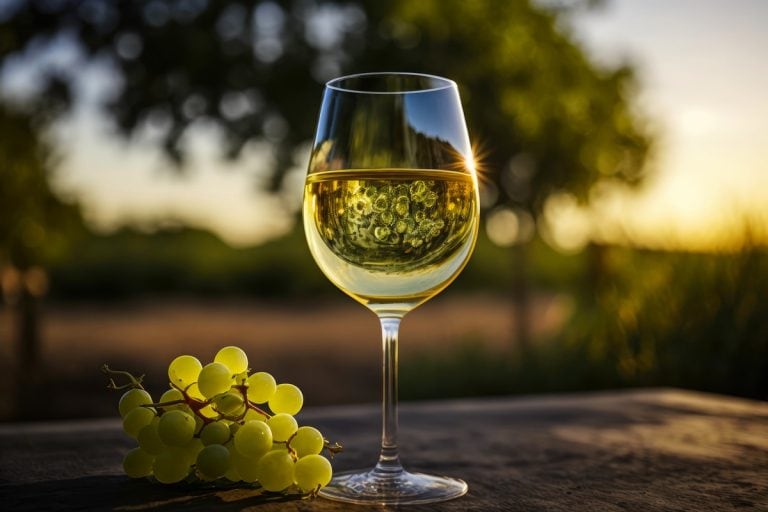
 We tried Locatelli’s new restaurant in London: here’s what it’s like
We tried Locatelli’s new restaurant in London: here’s what it’s like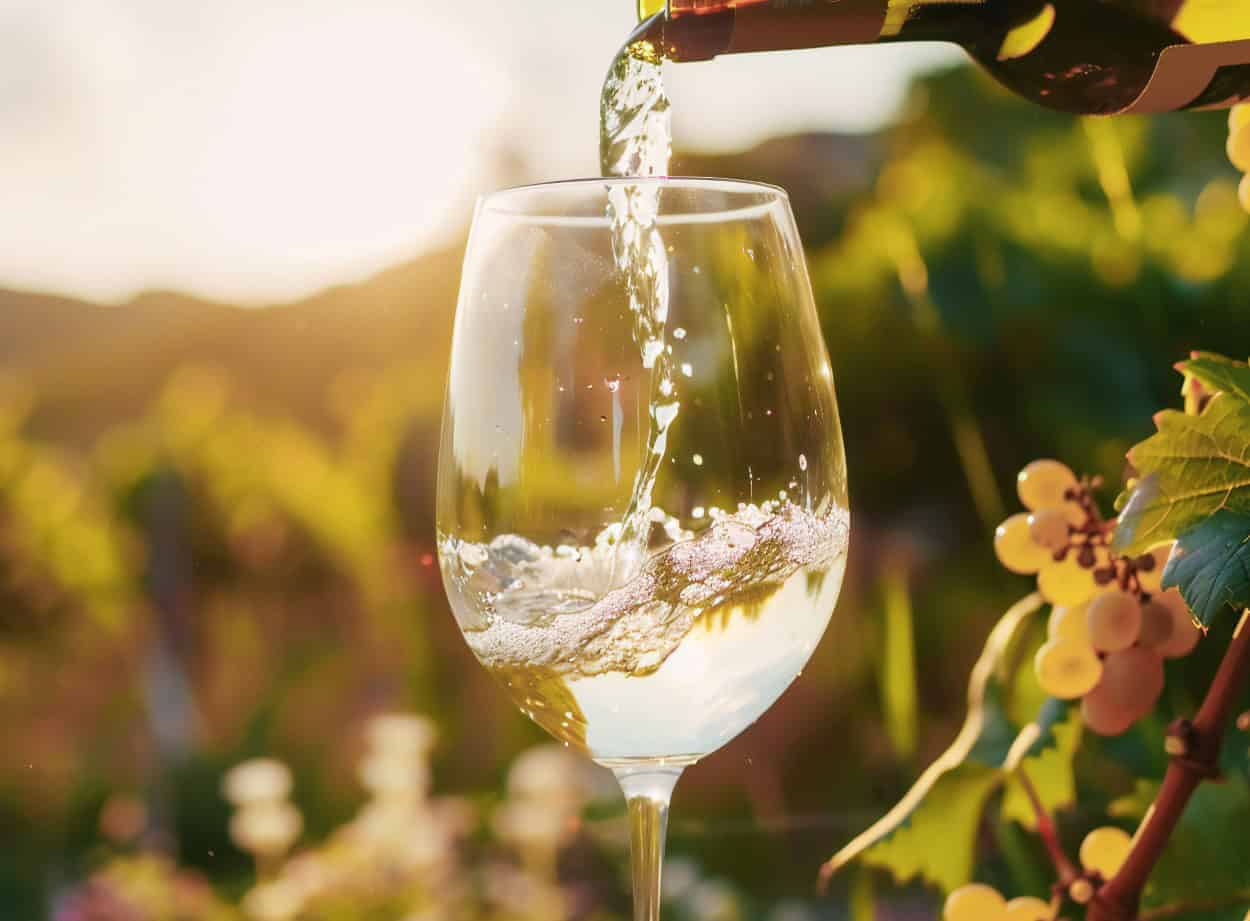 The 10 best value-for-money Pecorino wines from Abruzzo chosen by Gambero Rosso
The 10 best value-for-money Pecorino wines from Abruzzo chosen by Gambero Rosso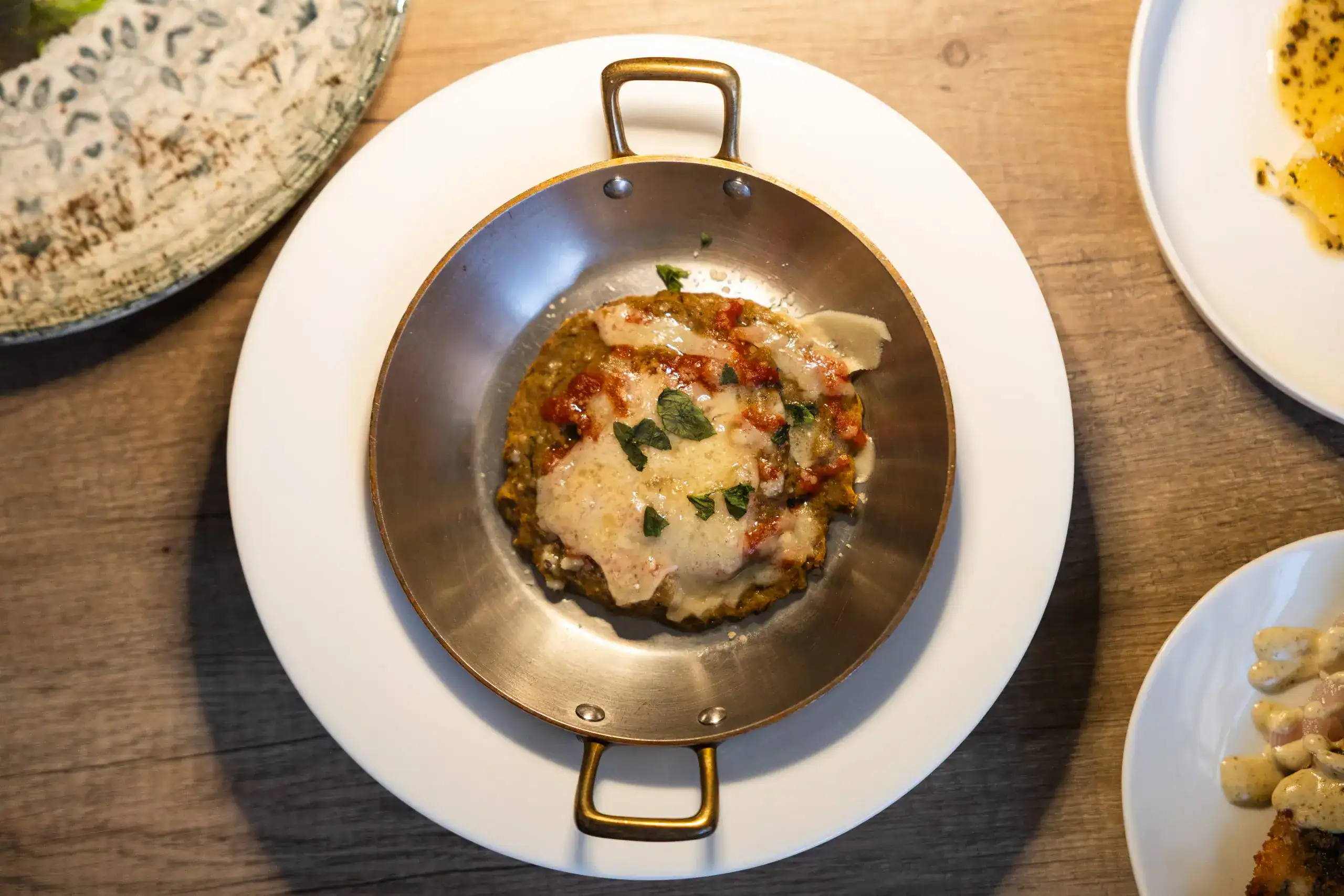 Vitello tonnato has arrived in Bagheria. And no, it’s not a mistake: the next-generation osteria is rewriting the rules of Sicilian comfort food
Vitello tonnato has arrived in Bagheria. And no, it’s not a mistake: the next-generation osteria is rewriting the rules of Sicilian comfort food “Now is the right time to invest in wine.” Alejandro Bulgheroni renews his winemaking challenge
“Now is the right time to invest in wine.” Alejandro Bulgheroni renews his winemaking challenge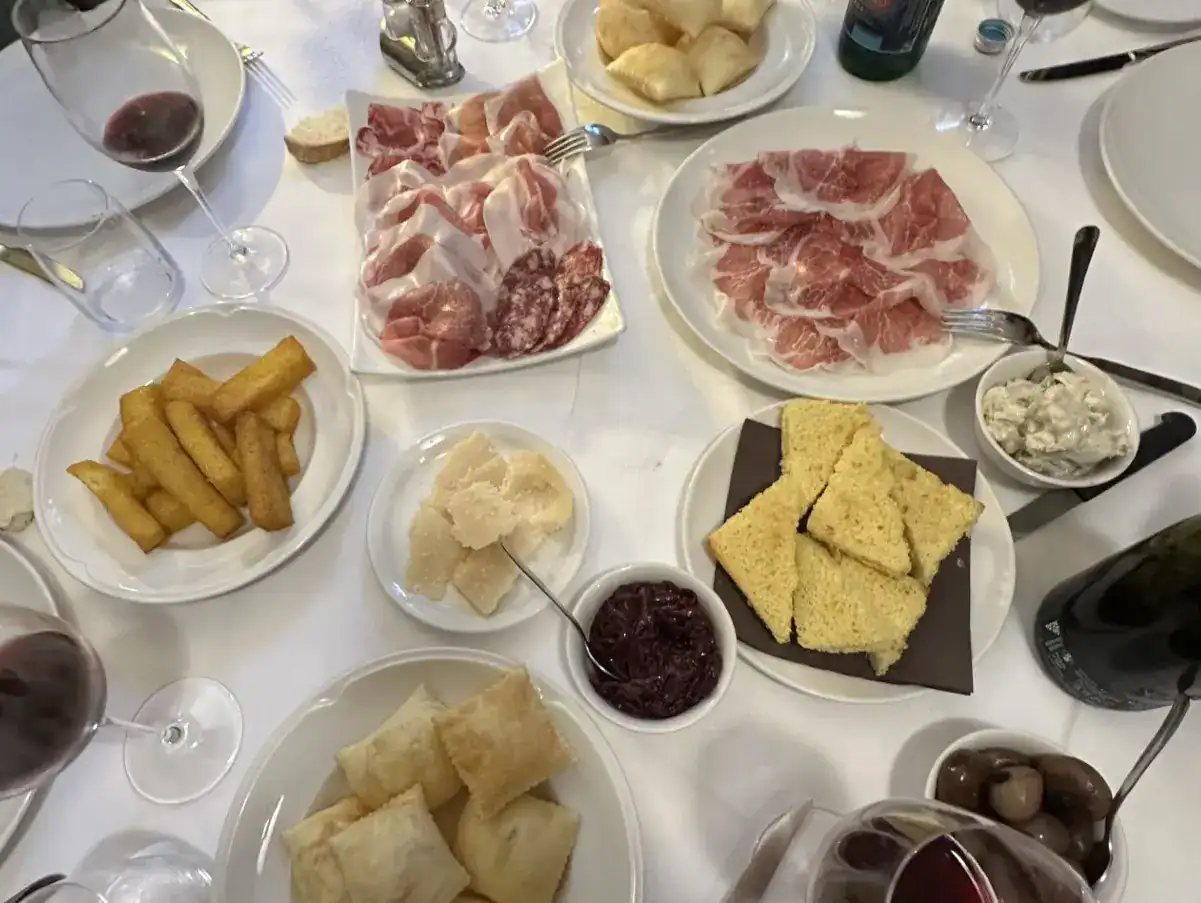 How to book a table at the most coveted Trattoria in Italy
How to book a table at the most coveted Trattoria in Italy






